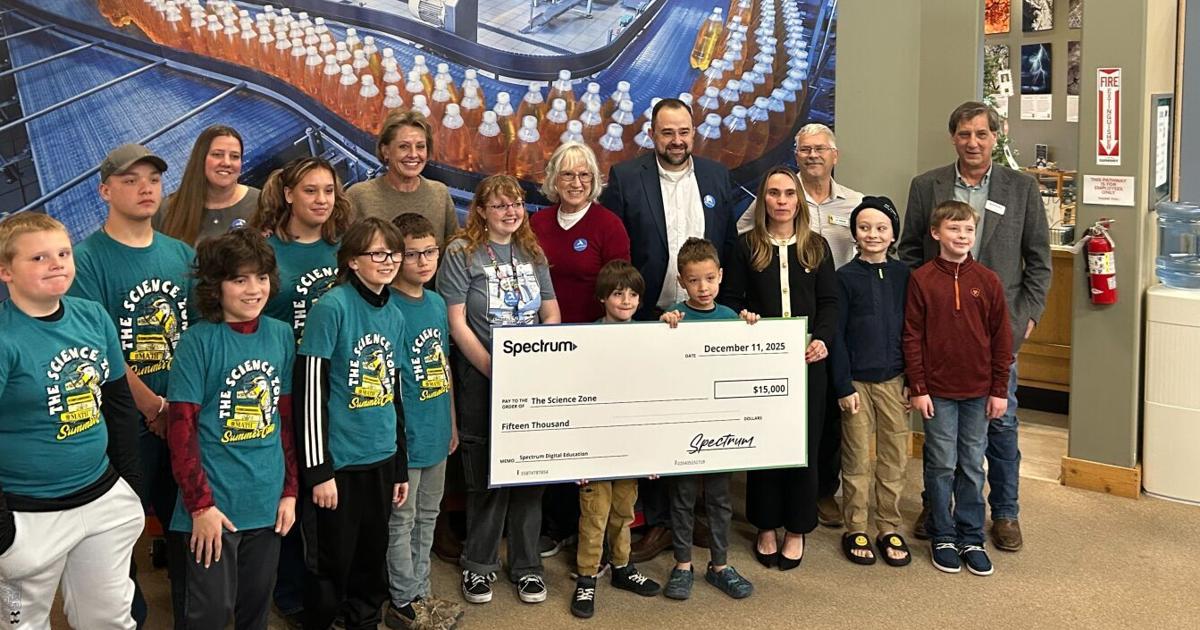Science Zone STEAM nights expand horizons with support from $15k Spectrum Grant
… their horizons at the Science Zone. Your Wyoming Link … their horizons at the Science Zone. Every Thursday from … to enjoy the free weekly Science, Technology, Engineering, Arts, … lot of opportunities,” said Science Zone Technology Program Coordinator Jess …
Details




